CypherBlue
Well-known member
- First Name
- Cesar
- Joined
- Apr 9, 2024
- Threads
- 5
- Messages
- 53
- Reaction score
- 79
- Location
- Austin, Texas
- Vehicles
- 2023 Lightning Lariat ER
- Occupation
- Software Engineer
- Thread starter
- #1
Hey all,
I drove down for Mother's Day weekend to visit my family in the Rio Grande Valley. I received the A2Z typhoon adaptor on Friday the 10th, and that made me feel more confident in making the journey down south. EV charging south of San Antonio is limited to Tesla-only chargers or CCS chargers locked behind dealership gates, which only allow you to use them during regular business hours. I left on Friday the 10th, planning stops in San Antonio and Corpus and finally arriving at my destination. I kept my highway speeds at 70-75 the entire trip and used Blue Cruise as much as I could, which was about 70% of the trip. Below, you will find a spreadsheet of my charging locations and costs. Then I used ChatGPT to estimate my usage using my old 2019 Ford Ranger 2wd Lariat's average MPG, which I put 54k miles in the past four years to compare against, following my old fueling preferences.
Let me know your thoughts, I thought this would be helpful for prospective Lightning Buyers and newbies like me just starting to get used to the EV life.

Summary of the fuel cost estimation for a trip of 894.50 miles with specific refilling conditions:
Using the updated fuel cost estimations, the electric vehicle (EV) charging cost for the trip is significantly lower than gasoline. Here's the comparison:
Tesla Downtown SA:

Tesla Corpus Christi:

South Texas Buick GMC in McAllen, Texas:

Tesla Harlingen Texas:

Electrify America, La Quinta Seguin Texas:


I drove down for Mother's Day weekend to visit my family in the Rio Grande Valley. I received the A2Z typhoon adaptor on Friday the 10th, and that made me feel more confident in making the journey down south. EV charging south of San Antonio is limited to Tesla-only chargers or CCS chargers locked behind dealership gates, which only allow you to use them during regular business hours. I left on Friday the 10th, planning stops in San Antonio and Corpus and finally arriving at my destination. I kept my highway speeds at 70-75 the entire trip and used Blue Cruise as much as I could, which was about 70% of the trip. Below, you will find a spreadsheet of my charging locations and costs. Then I used ChatGPT to estimate my usage using my old 2019 Ford Ranger 2wd Lariat's average MPG, which I put 54k miles in the past four years to compare against, following my old fueling preferences.
Let me know your thoughts, I thought this would be helpful for prospective Lightning Buyers and newbies like me just starting to get used to the EV life.

Summary of the fuel cost estimation for a trip of 894.50 miles with specific refilling conditions:
- Vehicle Details:
- Average fuel efficiency: 22 miles per gallon (mpg).
- Tank capacity: 19 gallons.
- Refilling Strategy:
- Start the journey with the tank 3/4 full.
- Refill the tank each time the fuel level drops to 1/4 remaining.
- Refill the tank to total capacity at the trip's beginning and end.
- Cost Calculation:
- Total distance to cover: 894.50 miles.
- Average gas price: $3.30 per gallon.
- Total fuel purchased during the trip: 61.75 gallons.
- Total cost for gas: approximately $203.77.
Using the updated fuel cost estimations, the electric vehicle (EV) charging cost for the trip is significantly lower than gasoline. Here's the comparison:
- Gasoline Cost: $203.77
- EV Charging Cost: $149.43
Tesla Downtown SA:
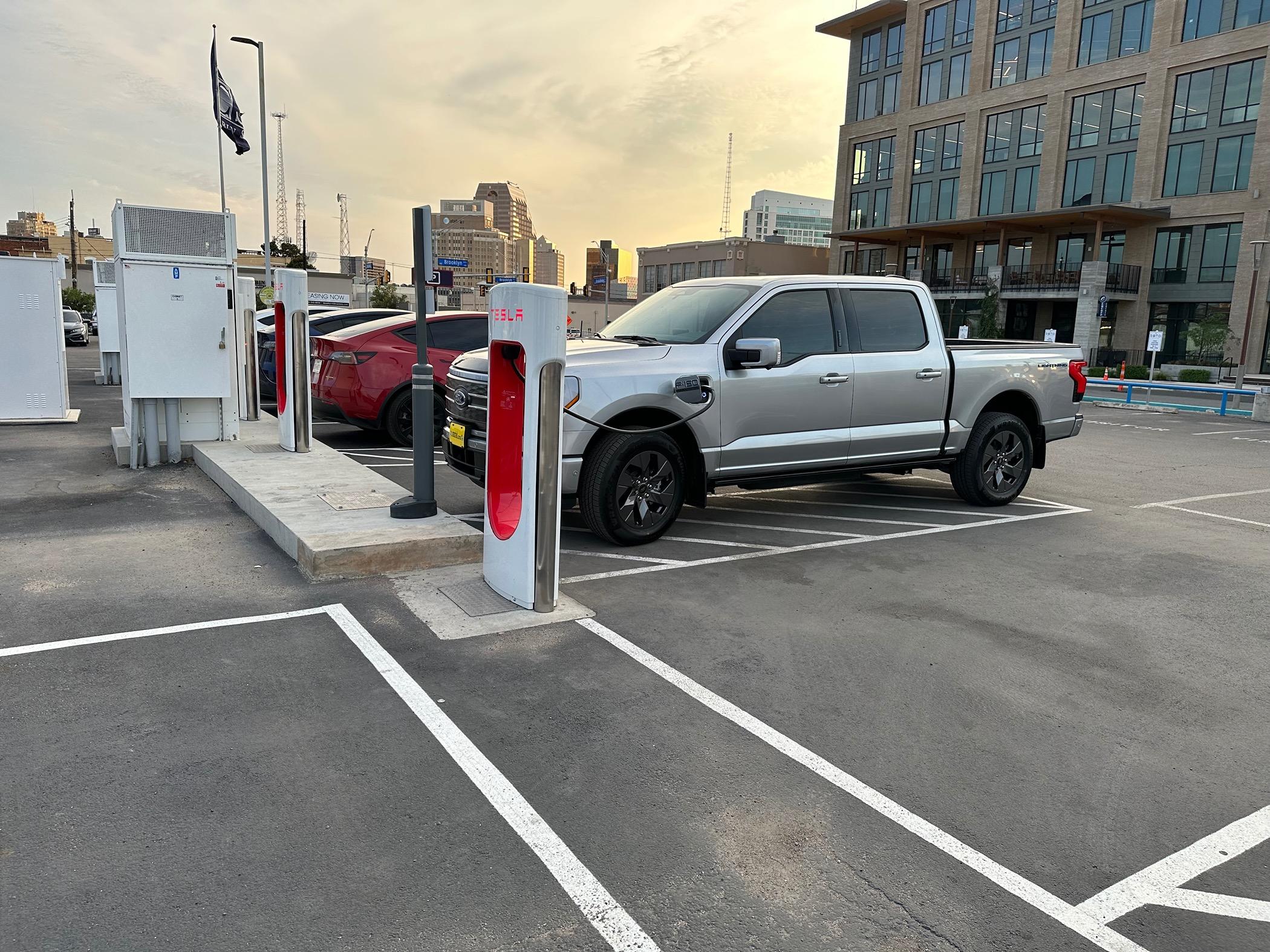
Tesla Corpus Christi:
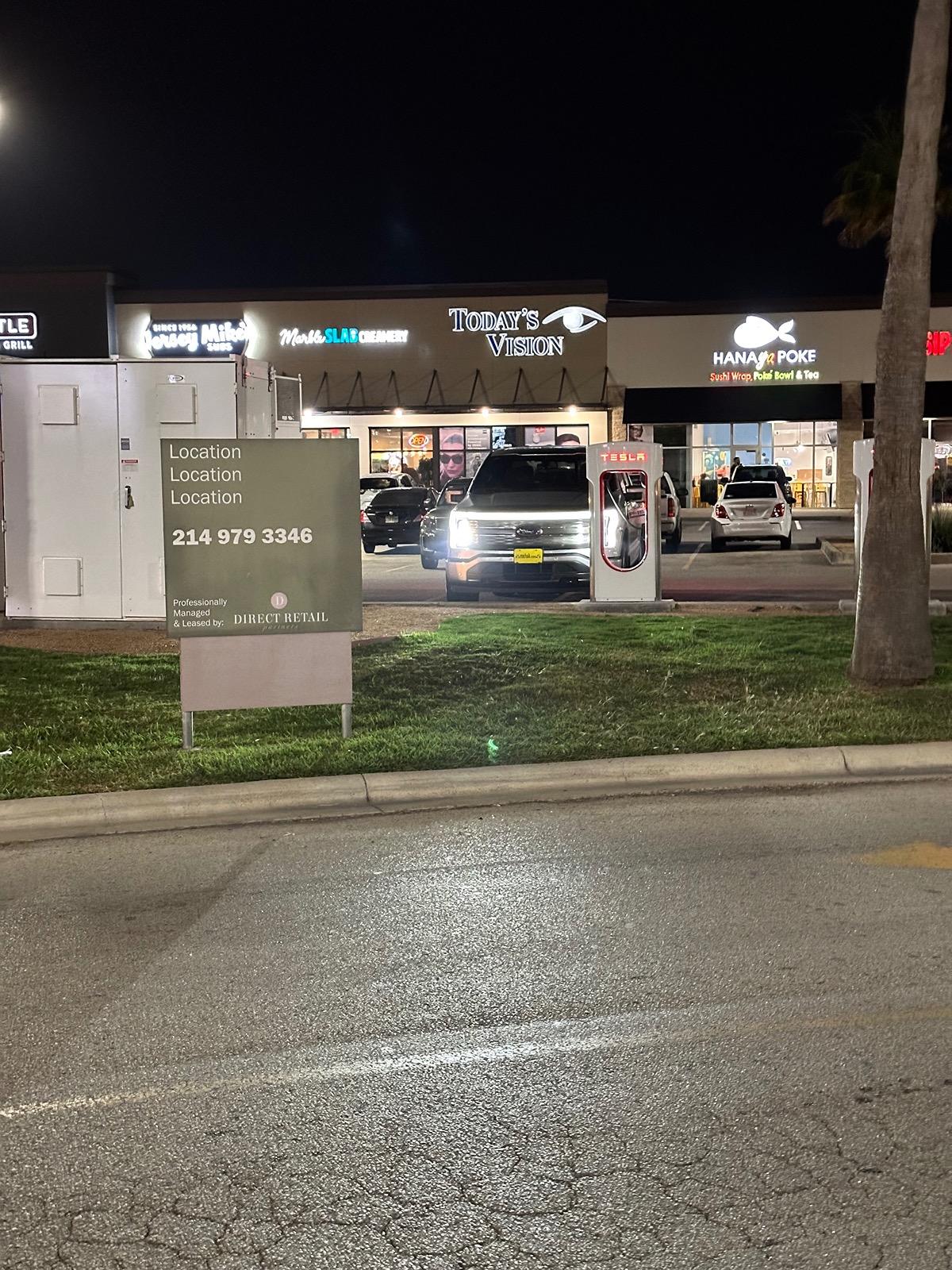
South Texas Buick GMC in McAllen, Texas:
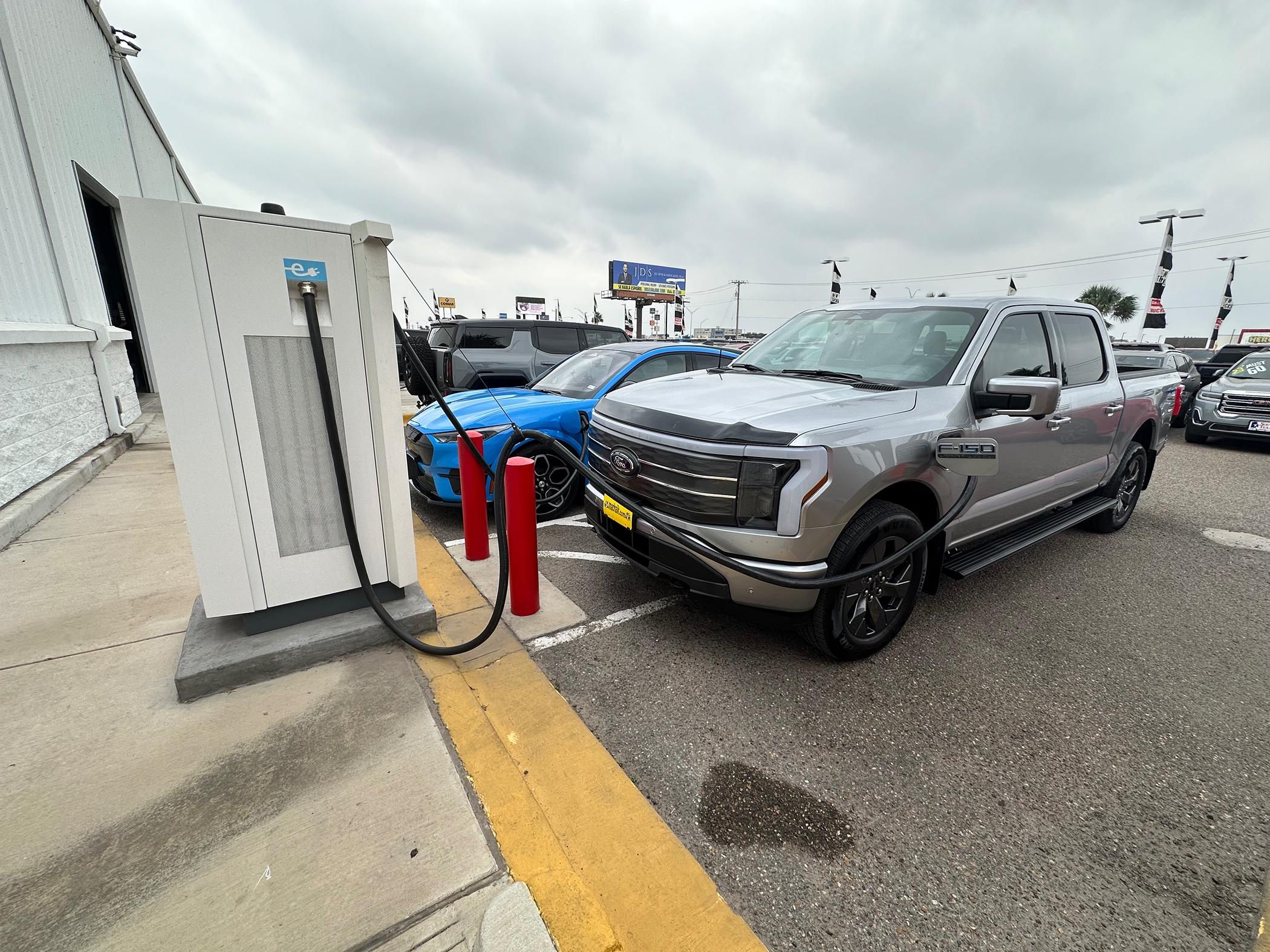
Tesla Harlingen Texas:
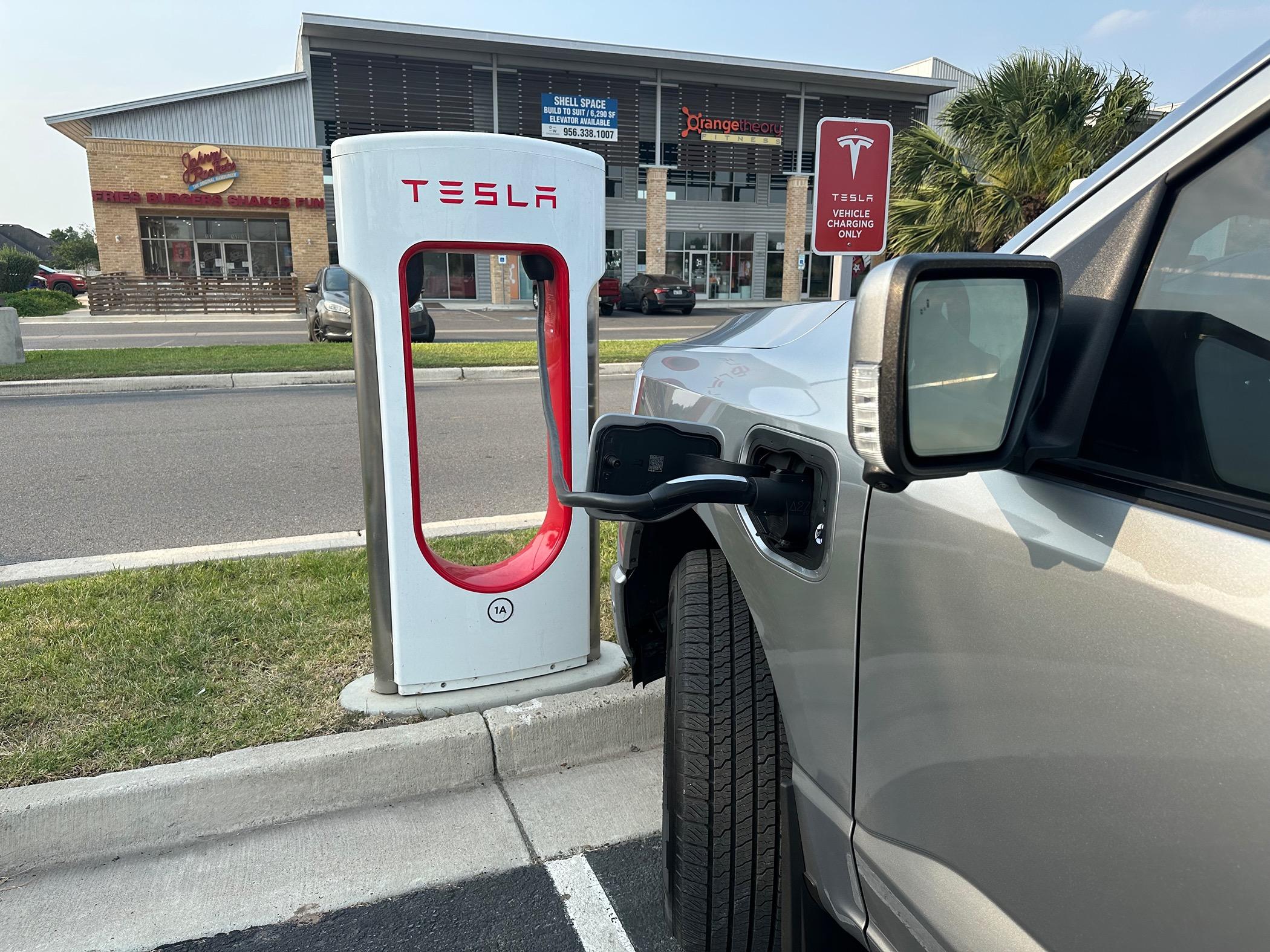
Electrify America, La Quinta Seguin Texas:
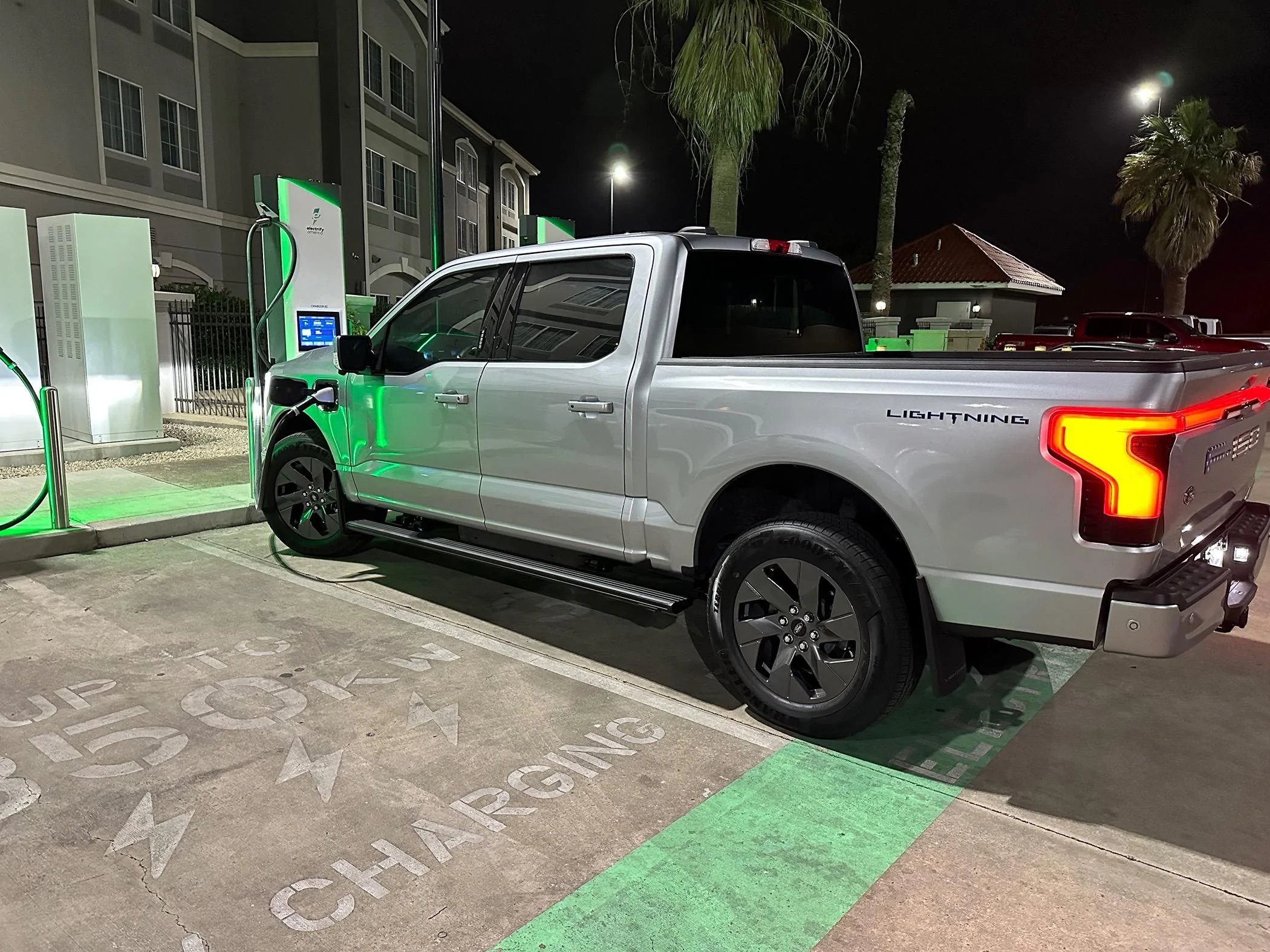

Sponsored

